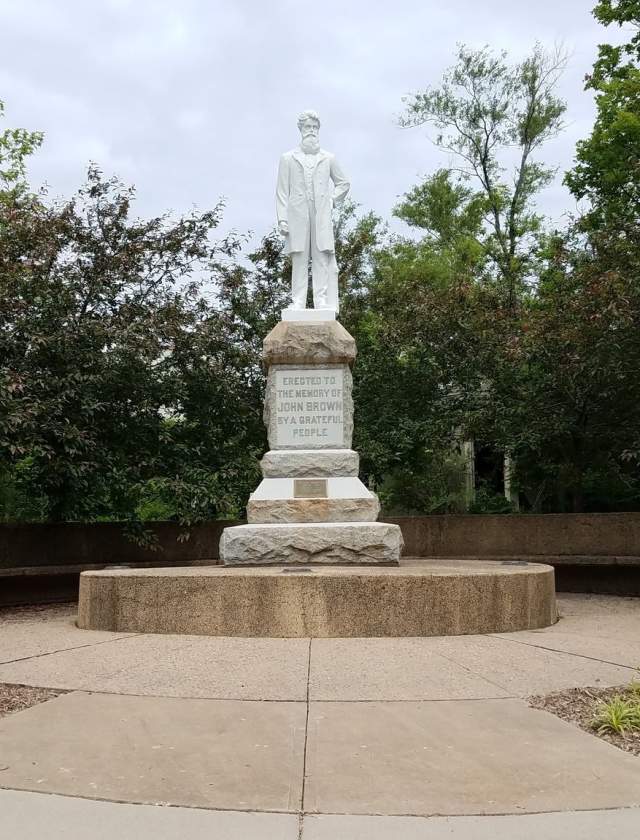Northeast
Mostly residential, the historic Northeast area is home to several sites that represent a significant part of Kansas’ history in the fight for freedom and equality. With immersive and engaging experiences such as the Quindaro Ruins Overlook and the Underground Railroad Museum, the area provides an unprecedented history lesson for all.
Founded in 1856, Quindaro Town, named for Nancy Quindaro Brown, was a once-bustling Civil War-era port of entry into Kansas and stop on the Underground Railroad. The ruins of the town can be viewed from a stone platform at the Quindaro Ruins Overlook. The archeological ruins serve as a monument to racial harmony and to freedom. They have cultural and historical value for the descendants of Native Americans who once owned and occupied the site, for African Americans whose ancestors once looked to Quindaro as a gateway to freedom and for the descendants of European Americans who saw the need to found a Free State port and fight slavery. In April of 2019, the federal government officially designated Quindaro as a National Commemorative Site. Today, the Quindaro Underground Railroad Museum and the Old Quindaro Museum both keep the stories of the town alive through fascinating artifacts, documents and photographs.
In 1906, Sumner High School became the first black high school in Kansas City, Kansas It operates today as Sumner Academy. Located inside is the Chester C. Owens Sumner Alumni Room which houses the many academic and athletic achievements of the students at Sumner High School, prior to desegregation. These achievements are a testament to the ability of these students to rise above mediocre standards and seek excellence, regardless of the adversity they faced.
Also in Northeast, is the Fairfax industrial district - famous for being the site where actual B-25 Bombers were built. The B-25 bomber played a critical role in America’s World War II, and many of them were manufactured at the North American Aviation plant here in Kansas City, Kansas Visitors can visit the B-25 Bomber Builders monument at the Wyandotte County Museum commemorating the men and women who worked at the plant. Fairfax is also home to the Lewis & Clark Park at Kaw Point where the expedition onced camped in Kansas City, Kansas in 1804 to rest and repair their boat.



